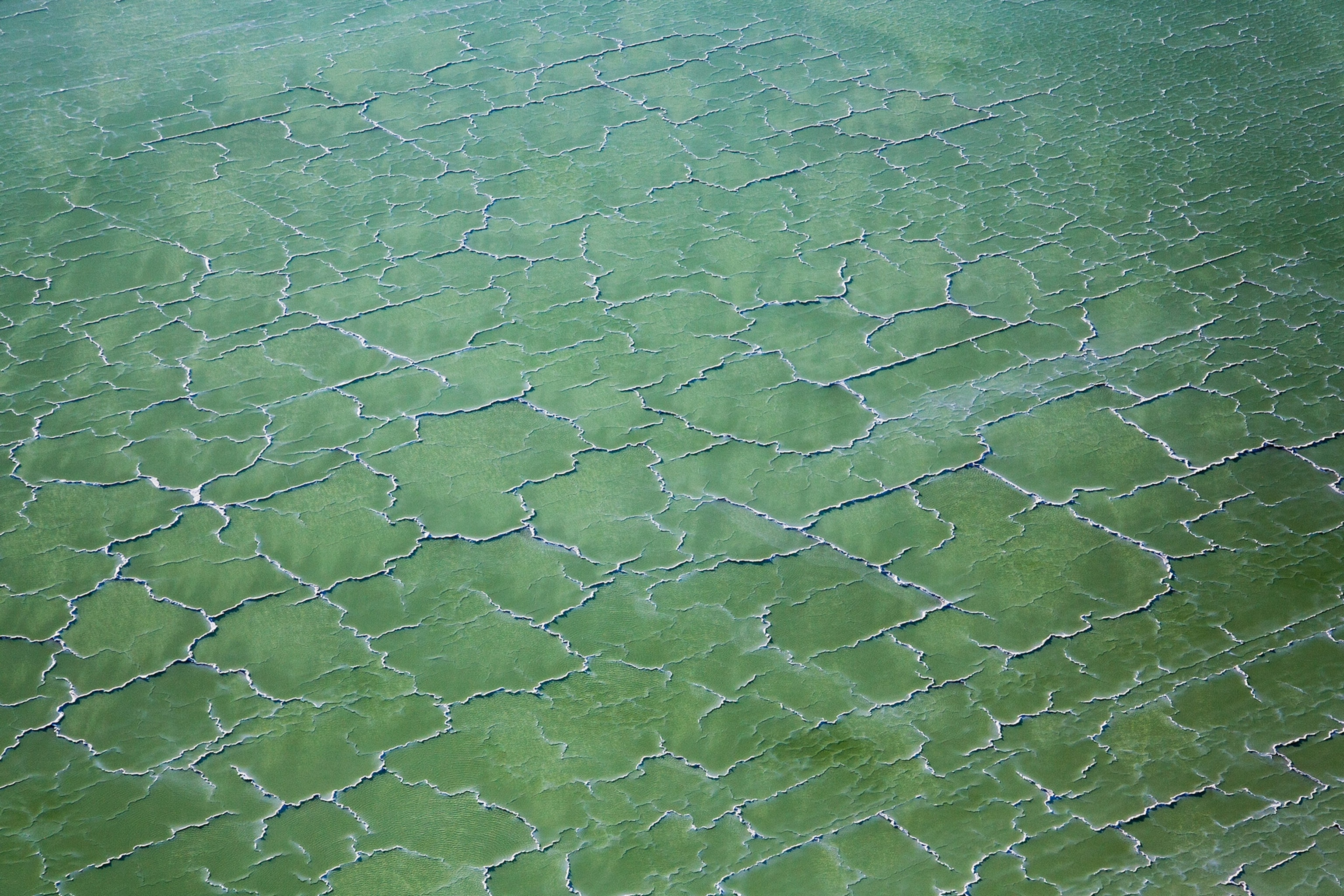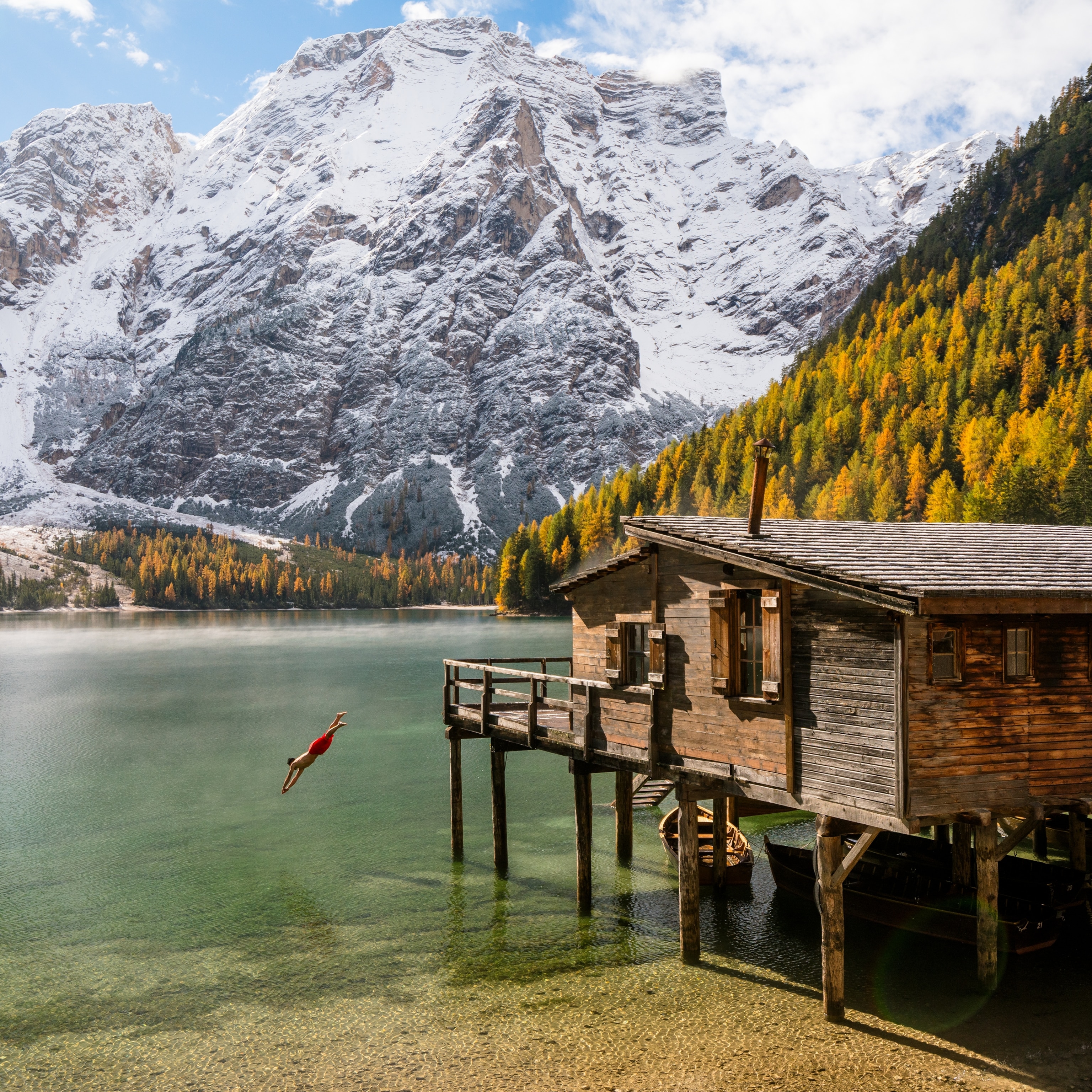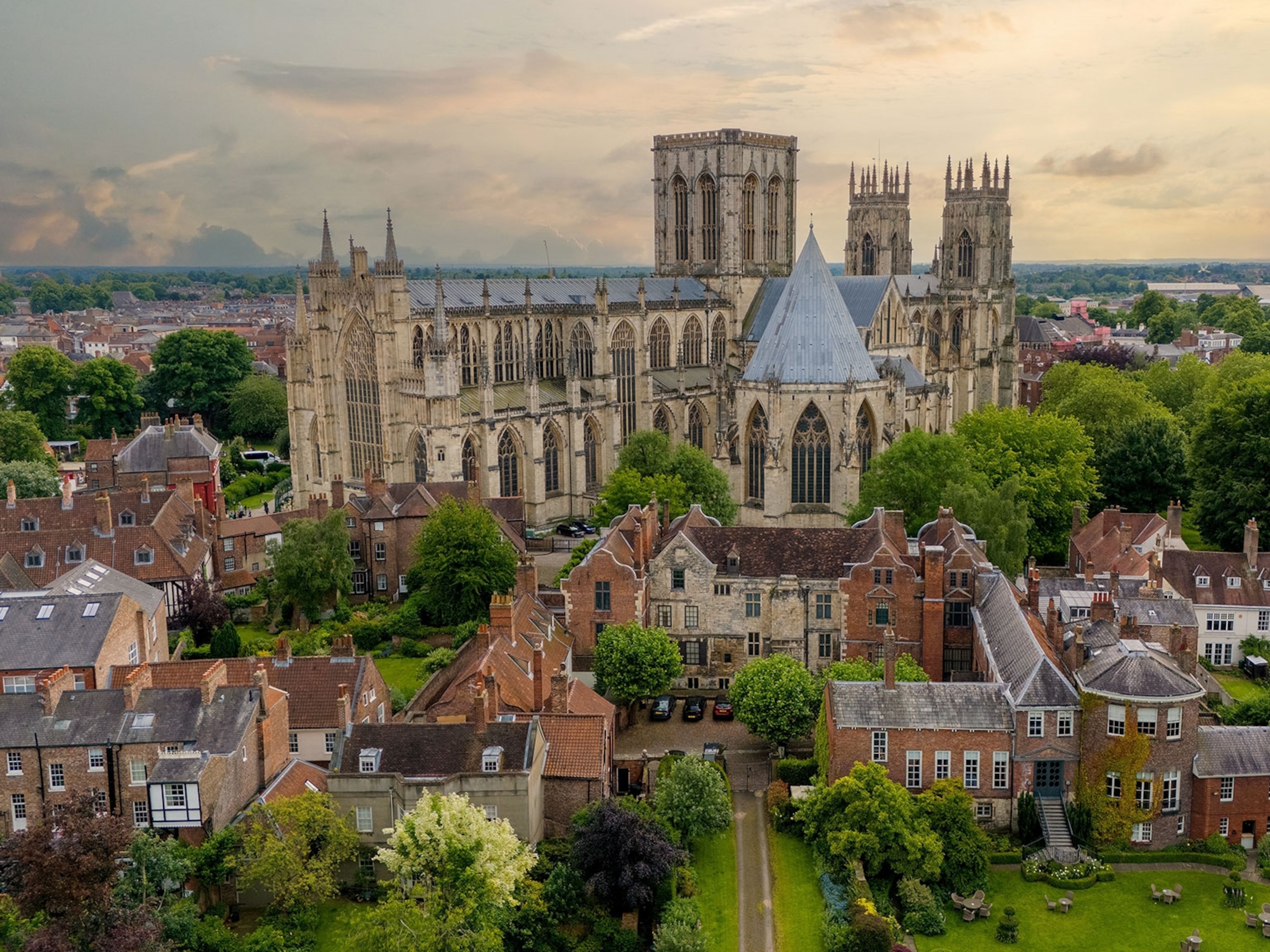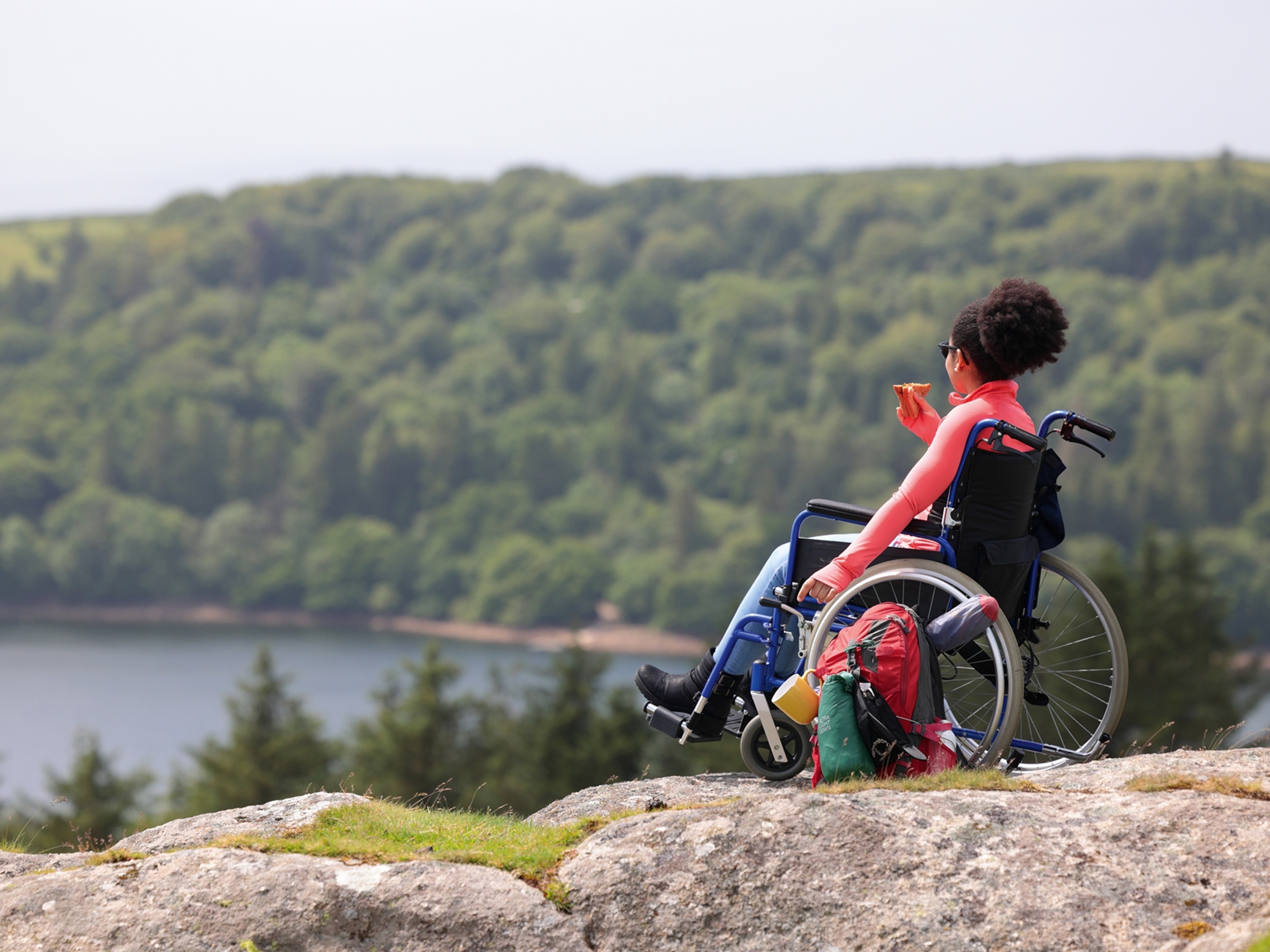
A return to travel—and the world outside your airplane window
The 'grandeur of the planet' is on full display when you leave the shades open, says this Pulitzer Prize-winning novelist.
Boarding any aircraft, you hear it all the time: “Mom, can I have the window seat?” And then some considerate mother ushers her child ahead of her into the row.
I am not that kind of mom.
My kids learned early on not to ask the question, because they already know the answer. In my family the window seat belongs to me, and it’s one of the things I’ve missed most during the pandemic-caused travel groundings.
I grew up in Sydney, and I was 15 years old before I ever set foot on a plane. Flying was much more expensive then, and our family didn’t have that kind of money. So it wasn’t until I won a trip to Tasmania in a writing contest that I had a chance to rise up and look down on the world.
I’ve never forgotten that first flight: my city, seen from above, fingers of land reaching for each other across the glint of the harbor; trees, their rounded crowns like florets of broccoli. Then—so swiftly—farm fields of gold, brown, and green fitting cozily together like jigsaw pieces along the squiggly lines of streams.

Later, when clouds engulfed us, a new and unearthly skyscape, so unexpectedly diverse: shimmering veils one moment; massive, multifoliate cumulus cathedrals the next. The sky cleared as we approached the island of Tasmania, and for the first time, the abstraction of a line inked on a map became the reality of solid earth meeting fluid water. There it was below me, the north coast of the island, just as I’d seen it in the atlas and drawn it many times in geography class.
Another revelation came 10 years later. I was heading to graduate school in New York City, flying for the first time to the United States. Crossing North America in the middle of the night, I woke from a fitful slumber and gazed out the window. I couldn’t fathom what I was seeing.
The ground was covered in neuronal clusters of light—dense at the center and trailing fine tendrils of sparkle. It took several minutes for my jet-lagged consciousness to compute it. Used to the vast, uninterrupted darkness of nighttime central Australia, I’d never imagined the brightness of a heavily populated continent thick with towns and highways.
I’ve never forgotten that first flight: my city, seen from above, fingers of land reaching for each other across the glint of the harbor.
Geraldine Brooks
A decade as a foreign correspondent for the Wall Street Journal gave me cause to rack up some serious air miles, as has my status as an Aussie living mostly abroad and having to face some of the longest flights on Earth every time I want to visit home. Despite the distance traveled, the thrill of the window seat has never worn off.
I’ll happily add four hours to the journey from Boston to Sydney, looking for flights via Dubai or Hong Kong, rather than take the common and more sensible routing through Los Angeles. The reason: L.A.-to-Sydney flights leave late at night and travel through darkness.
Also, even in daylight, there’s not a lot to look at over the Pacific Ocean, whereas the flights up over the North Pole might offer views of the Canadian Arctic, swaths of Russia, the Swiss Alps, or the island-encrusted Aegean Sea. Also, there’s a sense on this route of the roundness of the planet as we chase after sunrise or speed into darkness.
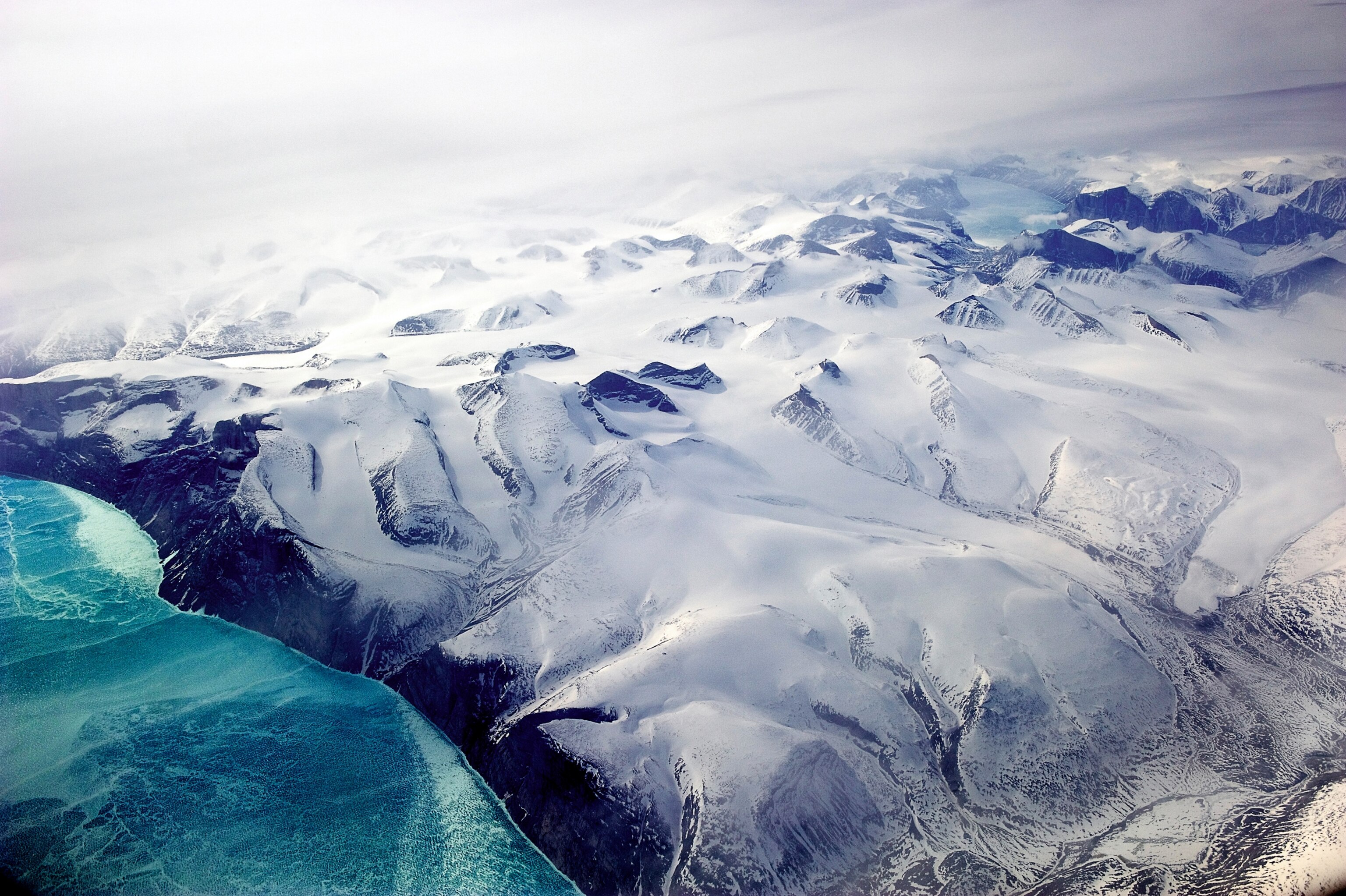
Up in the sky, the simple truth, so easily forgotten on the ground, is readily apparent. As Marilynne Robinson wrote so beautifully in her novel Gilead, the sun doesn’t really rise or set: “Light is constant, we just turn over in it.”
I’ve seen so many wonders on these less direct routes. One clear evening as the sun turned the snowcapped crags of Iran’s mountains into molten shades of scarlet and crimson, the sky darkened through a palette of deepening blues so various I could not name them all. As it melted into a velvety indigo, a full moon, swift and lustrous as a pearl, rose above the peaks.
(Can carbon capture make flying more sustainable?)
Another time, flying over Turkey, I looked up from a paragraph in Molly Crabapple’s memoir, Drawing Blood, recounting a hike to a meteorite crater near Mount Ararat, and there, by amazing coincidence, it was: the very same crater, reportedly formed in 1892, slicing a cookie-cutter hole into the mountainside with surprisingly perfect geometry. I’ll likely never do a hike that arduous myself.
Nor will I travel to Greenland to see the very edge of a receding glacier calving icebergs into a sea of an impossible electric blue. Yet on a flight to Sweden, dense cloud cover opened just as we crossed the toe of Greenland and revealed a spectacle of such beauty that I had to commit the flying faux pas of waking up my sleeping traveling companions to witness it.
It’s the special privilege of our era, after all, to be the first humans to view our planet from the height of the highest mountain on it. When you think about what a mountain climber sacrifices and risks to view the world from such a zenith, it seems profligate, even wastrel, to close the window shade and opt for a movie.
I’ve been chided more than once by flight attendants who want me to close my shade so that fellow passengers can better see the flickering inanities on their multiple screens. But I too have chosen my in-flight entertainment. It’s the grandeur of the planet, which I most certainly cannot order up on Netflix from my couch at home, and I feel I’m entitled to enjoy it.
(Here’s where you can travel safely once you’ve had the COVID-19 vaccine.)
According to Expedia, 55 percent of travelers prefer the window seat, but not all of them are aerial-view addicts like me. Many may have figured out that the curvature of the plane offers a morsel more space. Others want a wall to rest their pillow against. And some, according to psychologists, are just more selfish: They’d rather climb over others than be climbed over themselves.
I think I can spot those people. They’re the window-sitters with the shade pulled down. Indeed, in the rare cases when I have been too tardy or inefficient or unpersuasive to get my seat preference—and I kick myself, hard, when that happens—I confess to harboring great animus toward this category, knowing that they’re wasting the chance to see something remarkable.

Of all the views from the window seat, there’s one that will probably always be the most special to me, even though I’ve seen it many times. It’s the coast of Australia running north and south of my hometown, Sydney.
As I descend from the east, it’s an undulating curve of high, sheer cliffs confronting cylinders of Pacific surf that have rolled unimpeded across half a planet. From the north it’s the lovely, beach-scalloped peninsula of Pittwater, where my parents lived for many years.
Sydney probably has one of the most dramatic approaches of any city in the world, but that’s not why I love it so much. I love it because when I see it, I know I’m finally home.
Geraldine Brooks is a Pulitzer Prize–winning novelist whose latest book is The Secret Chord. Follow her on Twitter.

